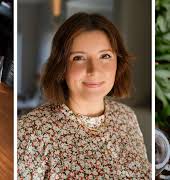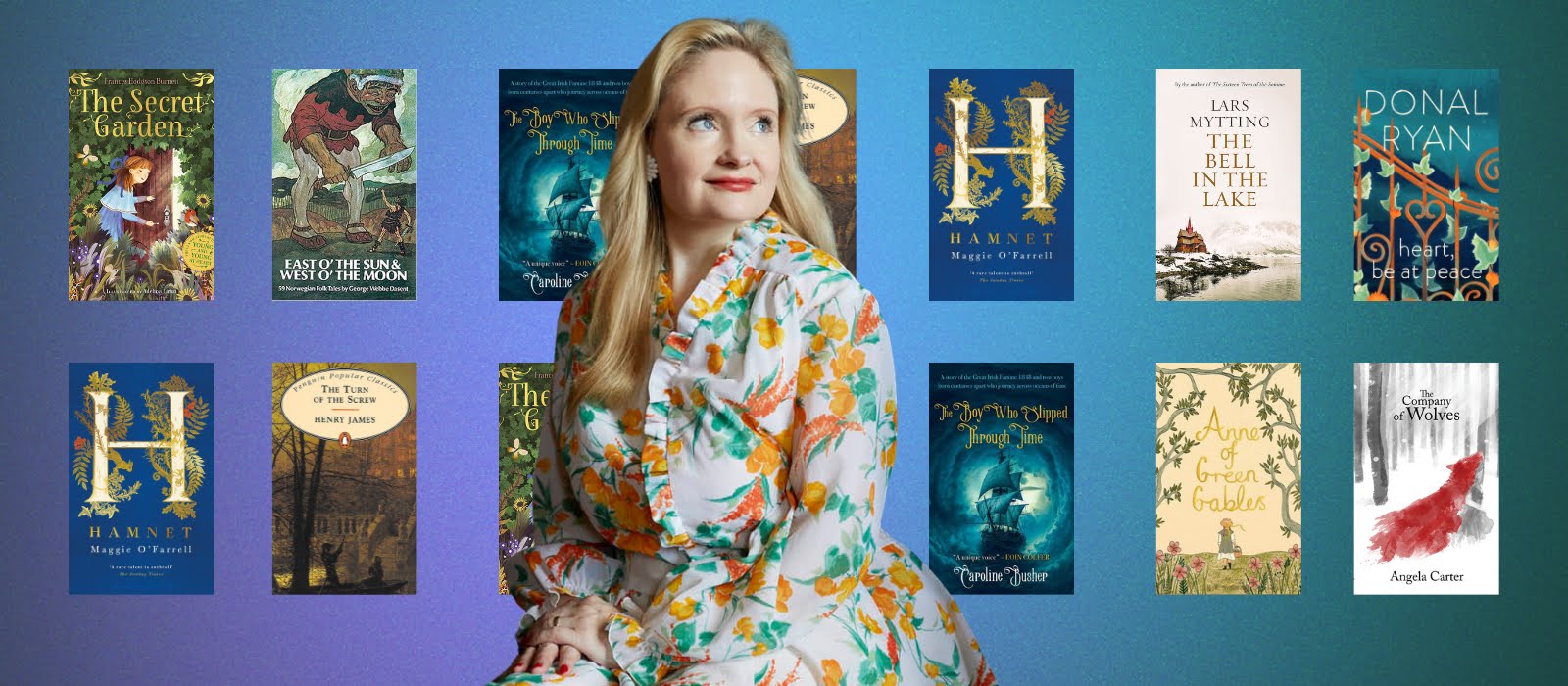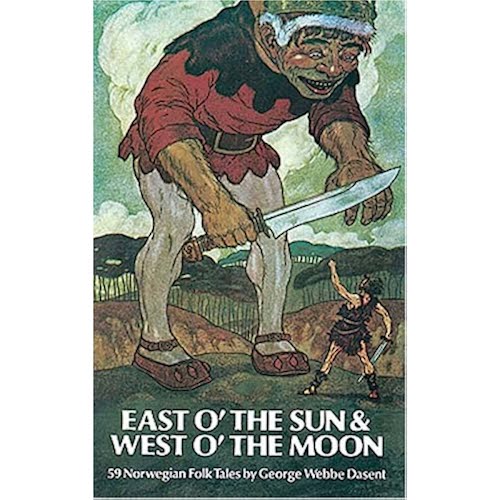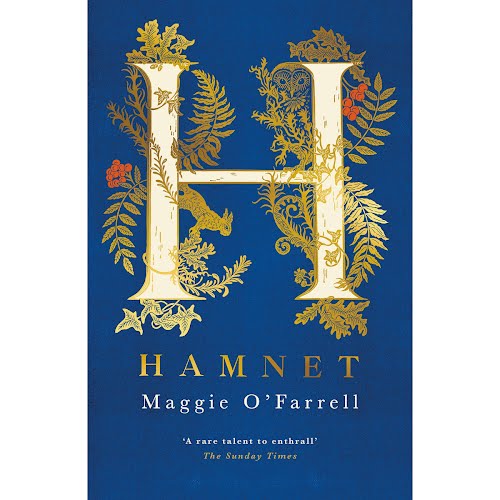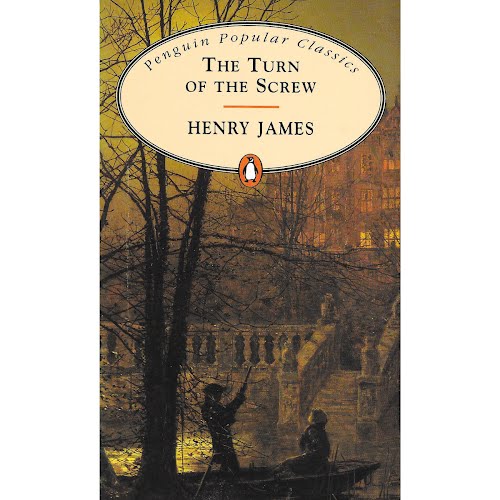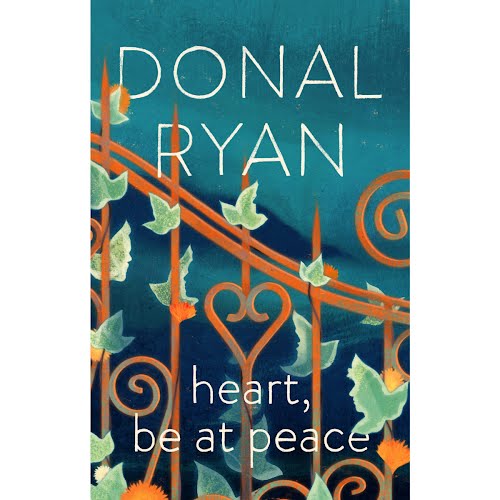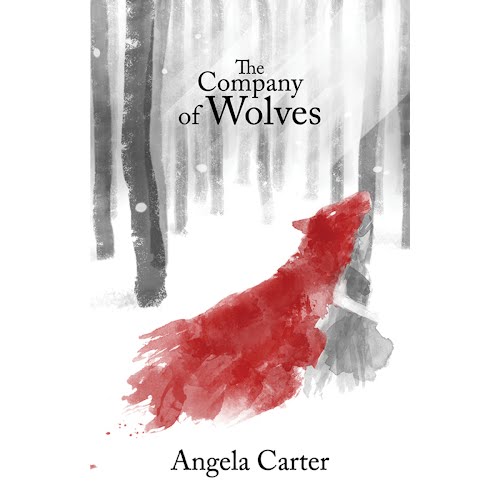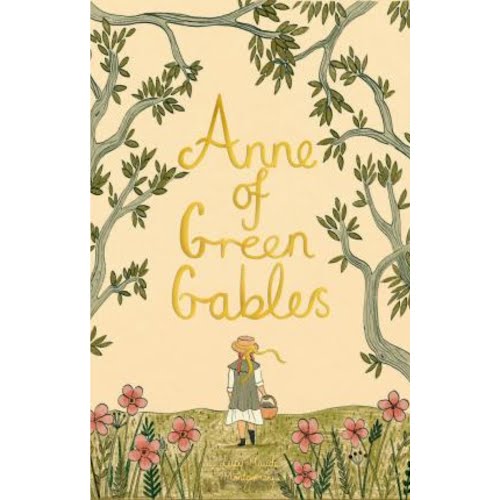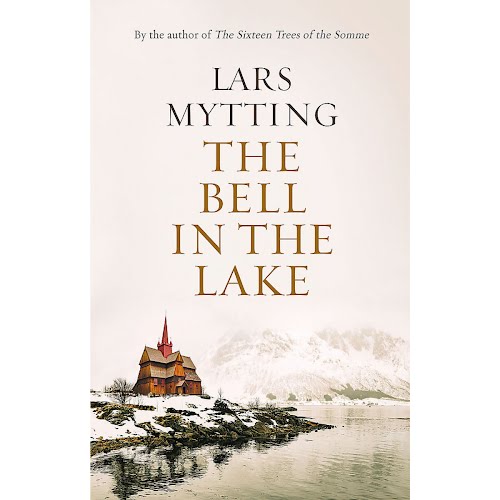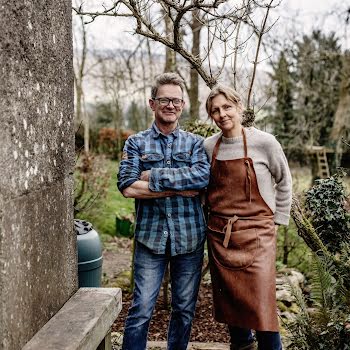Page Turners: ‘The Boy Who Slipped Through Time’ author Caroline Busher
Author Caroline Busher on her literary influences, writing process, and how historical fiction can help to connect young readers to their past.
Caroline Busher is a bestselling children’s book author with an MA in Creative Writing who moonlights as a Heritage Expert with the Heritage Council of Ireland. One of Caroline’s most treasured achievements so far is the establishment of the first book clubs for children with dyslexia in Ireland.
Her newly released title, The Boy Who Slipped Through Time is set in 1848 during Ireland’s Great Famine, and centres around 13-year-old Séamus Dixon as he discovers a boy hiding behind a portal tomb on his farm. The boy claims to have travelled through time and was a sailor aboard the Spanish Armada, which sank in 1588. The two boys, together with the landlord’s daughter Florence, slip through time together.

Did you always want to be a writer?
Reading and writing have always played a major part in my life. As a young child, I would jot down stories on sweet wrappers and scraps of paper. I spent hours in my local library. Then in 2013, I entered a short story competition on writing.ie and it reached the shortlist. Over the next year I received various awards for my writing and in 2014 I decided to take the next step and apply for the MA in Creative Writing in UCD. It was during this year that I wrote my first novel, The Ghosts of Magnificent Children. I attended a Date With An Agent event during the Wexford Literary Festival in 2014 and was signed up with Tracy Brennan of Trace Literary Agency (USA). Then I signed a six-book deal with my publisher Poolbeg Press.
What inspired you to start writing?
As a child I always loved books. I spent my childhood reading and writing fantastical stories. The characters in the books I read became my friends. I imagined going on adventures with them to faraway islands, slaying dragons and creating magic potions. I write historical fiction for children and teenagers and my connection with the past is intrinsically linked to my childhood. I grew up in an old red brick Victorian house and I imagined the people who lived in my house during the Victorian times. I pictured them walking down secret passageways and visiting ornate mansions. It is where my appreciation for historical fiction writing began.
Tell us about your new book. Where did the idea come from?
The Boy Who Slipped Through Time is a time-travel adventure story set during the Great Irish Famine. The year is 1848 and thirteen-year-old Séamus O’Flaherty discovers a boy hiding behind a portal tomb on his farm. The boy claims to have travelled through time. Maximo was a sailor aboard the Spanish Armada, which sank in 1588. The two boys, together with the landlord’s daughter Florence, slip through time together. The seeds for this story were planted many years ago. I have always been fascinated with the idea of time travel. When I was a little girl I visited Brownshill Dolmen, a five-thousand-year-old megalithic tomb in county Carlow. I stood next to the tomb and closed my eyes tight. When I opened them again I imagined that I had been transported back in time to the 1800s when the Great Famine was sweeping across Ireland. This is where the idea for my book came from.

What do you hope this book instils in the reader?
I hope that this book instils a love of history in the reader. Reading historical fiction is a great way for children to learn about history in an exciting and interesting way. Teachers and parents have told me that reading my books has not only sparked a love of reading in children and young people, but a love of history too. Readers can learn about how people lived their lives years ago, they can go on adventures with fun characters and journey back in time, just like the characters in The Boy Who Slipped Through Time.
What did you learn when writing this book?
When writing historical fiction, you need to do lots of research. The research for The Boy Who Slipped Through Time was very interesting. I had to find out what life would have been like for a sailor on the Spanish Armada and what Ireland would have been like during the Great Famine. It was during this research that I made a startling discovery.
A beautiful Fede ring was found off the coast of Antrim which ring to a Spanish sailor who sailed aboard a ship called the Girona. This little ring had an inscription which read in Spanish ‘no tengo mas que darte’ which means ‘I have nothing more to give you’. This ring features in The Boy Who Slipped Through Time. The ring is on display in the Ulster Museum together with other historical artefacts from the Girona. Discovering these objects gave me a real insight into what life was like long ago.
Tell us about your writing process?
During lockdown, I made a life-changing decision. I commissioned a Victorian-style shepherd’s hut to be built as my writing space. It is my sanctuary. A creative haven. I go there every day to write my books and to immerse myself in an imaginary world. My hut was inspired by one of the most famous literary shepherds’ huts. It belonged to Gabriel Oak and featured in the 1874 Thomas Hardy novel, Far from the Madding Crowd. Gabriel Oak describes his shepherd’s hut as a small Noah’s ark and I agree.
When I am writing a novel, I become consumed with the piece of work that I am creating. I spend hours conducting research and reading before I put pen to paper. When I sit down to write, I am focused and strict about my writing routine. I set achievable goals and spend long days in my shepherd’s hut. I enjoy the creative surge that comes with the first draft, however, it is during the editing process that your novel takes shape. My shepherd’s hut is only a short walk from the house, when I open the door to my garden retreat I am filled with delight. I have adapted my shepherd’s hut to suit my needs and it contains a miniature library brimming with my favourite books.
As a historical fiction author, I am constantly in conversation with the past. Each time I climb the steps and enter my shepherd’s hut I feel as though I am stepping back in time. Entering a world that no longer exists. It is in that strange Victorian world that the ideas for my books take shape, characters are developed, and my ideas take flight.
Where do you draw inspiration from?
Myths, folklore and fairytales inspire my writing. I studied fairy tales and folklore when I was completing my MA in Creative Writing (UCD). I draw from folklore for inspiration, which is deeply rooted in the oral tradition and it is a conscious decision to include folkloristic and fairytale elements in my novels. I devoured fairy tales as a child. The intense visual imagery in fairy tales transported me to an alternative world where stories of wonder and terror sat side by side. I remember reading Grimms’ Fairy Tales and Aesop’s Fables for the first time. I was drawn to stories such as Little Red Riding Hood.
For my seventh birthday, my parents bought me a red cloak, it was made of the softest wool. The silk lining felt cool against my skin. Each time that I read Little Red Riding Hood, I wore the cloak. I let the words of the fairytale surround me until eventually my imagination was consumed and I felt as though I was walking towards a cottage in the middle of the deep, dark woods.
What are your top three favourite books of all time, and why?
One of my favourite childhood books is The Secret Garden by Frances Hodgson Burnett. It is an astonishingly magical book about a young girl who finds a secret garden. I have read this book so many times over the years. It was first published in 1911 but is still relevant today. The precocious character of Mary is compelling and the rugged and barren Yorkshire Moors where the book is set is a familiar landscape to me, as I grew up not too far away in Manchester.
Another of my favourite books of all time is East O’ The Sun and West O’ the Moon, which is a celebrated collection of fifteen fairy tales, gathered by legendary Norwegian folklorists Peter Christen Asbjørnsen and Jørgen Engebretsen Moe on their journeys across Norway in the mid-nineteenth century.
My third favourite book of all time is Hamnet by Maggie O’Farrell. It is a novel inspired by the son of a famous playwright: a boy whose life has been all but forgotten, but whose name was given to one of the most celebrated plays ever written.
Who are some of your favourite authors, Irish or otherwise?
As a writer of historical fiction for children, it may come as no surprise that I enjoy the classics. The Turn of the Screw by Henry James is a gothic novella, published in 1898. It ignites my curious nature and sparked my interest in ghost stories, which filters through into my own writing.
Angela Carter is another of my favourite writers, her short story The Company of Wolves and the fairytale element in her writing interests me. In terms of Irish writers, we have so many incredible writers here in Ireland, such as Deirdre Sullivan whose writing is poetic and Claire Keegan who goes straight to the heart of what it means to be human.
What are some upcoming book releases we should have on our radar?
For younger readers I highly recommend Arabella Pepper: The Wild Detective, written by the wonderfully talented E.R. Murray and published by Natural World Publishing. Arabella Pepper is an islander, nature lover, pet crow owner, and wild detective extraordinaire… Arabella loves nothing more than solving mysteries with the help of her pet crow (and best friend), Blue. That is until mum becomes famous for her rare seaweed recipes and takes a new job on the mainland in faraway Greytown, uprooting Arabella’s world. Arabella Pepper: The Wild Detective will be released in Spring 2025.
Another book that is worth checking out is Heart, Be at Peace By Donal Ryan. It is a recent release that has already received high praise. Set in a small town in rural Ireland and told in twenty-one voices, this book is a heartfelt, lyrical novel that can be read independently, or as a companion to Donal Ryan’s multi-award-winning novel, The Spinning Heart which was voted Irish Book of the Decade.
What book made you want to become a writer?
The Anne of Green Gables series by 1908 novel by Canadian author L. M. Montgomery made me want to be a writer. This book series captivated me. It was through reading these books that I developed my love of reading. Anne of Green Gables is a coming-of-age story. The character of Anne Shirley was imaginative, spirited, talkative and very relatable. I felt as though I knew her. Reading these books transported me to another place and moment in time and as soon as I read them, I knew that I wanted to become a writer.
What’s one book you would add to the school curriculum?
It would be a dream come true for me to see one of my books added to the school curriculum. I spend so much time visiting schools and talking to teachers about the curriculum, and I always take this into account when writing my books. I think that The Boy Who Slipped Through Time would be the perfect addition to the school curriculum as it covers English, History, Geography, Science and Art. It also has exciting plot twists, interesting characters and lots of adventure.
What’s the best book you’ve read so far this year?
The best book I have read so far this year is The Bell In The Lake by Norwegian Author Lars Mytting. Nature and superstition are woven together in this powerful novel. It is set in Norway in 1880. Winter is hard. The lake has frozen, and for months the ground is too hard to bury the dead. Astrid Hekne dreams of a life beyond all this. Then Pastor Kai Schweigaard takes over the small parish, with its 700-year-old stave church carved with pagan deities. The two bells in the tower were forged by Astrid’s forefather in the sixteenth century, in memory of conjoined twins Halfrid and Gunhild Hekne. They are said to hold supernatural powers. It really is an incredible book.
What’s some advice you’ve got for other aspiring writers?
The best piece of advice I could give to aspiring writers is to keep writing and keep reading. Join a writing group, attend literary festivals and enter competitions. Immerse yourself in the literary world and never give up.
Lastly, what do the acts of reading and writing mean to you?
When I am sitting at my desk on a gloomy Monday afternoon, struggling to find inspiration, I think of the child who might tentatively pick up my book in a library or a bookstore, and how they will open the book and begin to read word by word, sentence by sentence until eventually they are catapulted into an imaginary world.
For me, reading and writing have the power to change people’s lives. Research has proven that a child’s ability to read has more impact on a child’s future attainment than parental wealth, education and employment. Encouraging a child to read for pleasure is one of the most powerful ways to support a child’s future success and involving parents in their children’s literacy is vital.
I realise that in order for children’s literacy levels to improve, books need to be central to their lives. I have no doubt that books changed my life. I wouldn’t be an author today if it wasn’t for the adults who introduced me to books at a young age. I wanted to encourage children to read, as others had encouraged me.
‘The Boy Who Slipped Through Time’ by Caroline Busher (€9.99) is on sale now.


